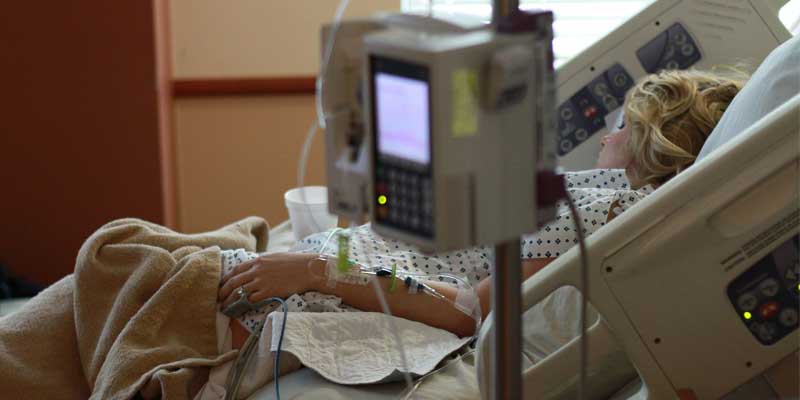Identifying Different Types of Medical Batteries
There are three types of medical batteries commonly seen in hospitals and clinical settings, and it is important to be able to distinguish them in order to know which custom battery adapter is the right fit when analyzing battery life:

Removable batteries: Nurses charge these packs on charging stations and get periodic analysis in the service center. Typical uses are defibrillators, infusion pumps, diabetic monitors, and surgical tools.
Built-in batteries: Increasingly, batteries are internal to the devices and are charged while the device is connected to the grid. Battery maintenance is done by the bio-med technician by opening the instrument. Typical uses are modern defibrillators, patient monitors, ventilators, surgical tools.
Standby batteries: These batteries are built into instruments on wheels and service as backup during transit and at bed-side. Many of these batteries are still lead acid. The depth of discharge is small if the nurse remembers to connect the AC cord. Typical uses are COW (Computer-on-wheels) blood transfusion units, as well as portable x-ray.
Dave Marlow, a certified biomedical equipment technician at the University of Michigan Health System, categorizes the battery as a “mixed bag of challenges”, with different medical facilities having different assortments of capabilities, battery technologies, manufacturing approaches, user training and experience differences. This is due to the fact that medical batteries must be designed, manufactured and labelled specifically for their use with specific medical devices (source) making the list of batteries designed for each machine essentially endless.


